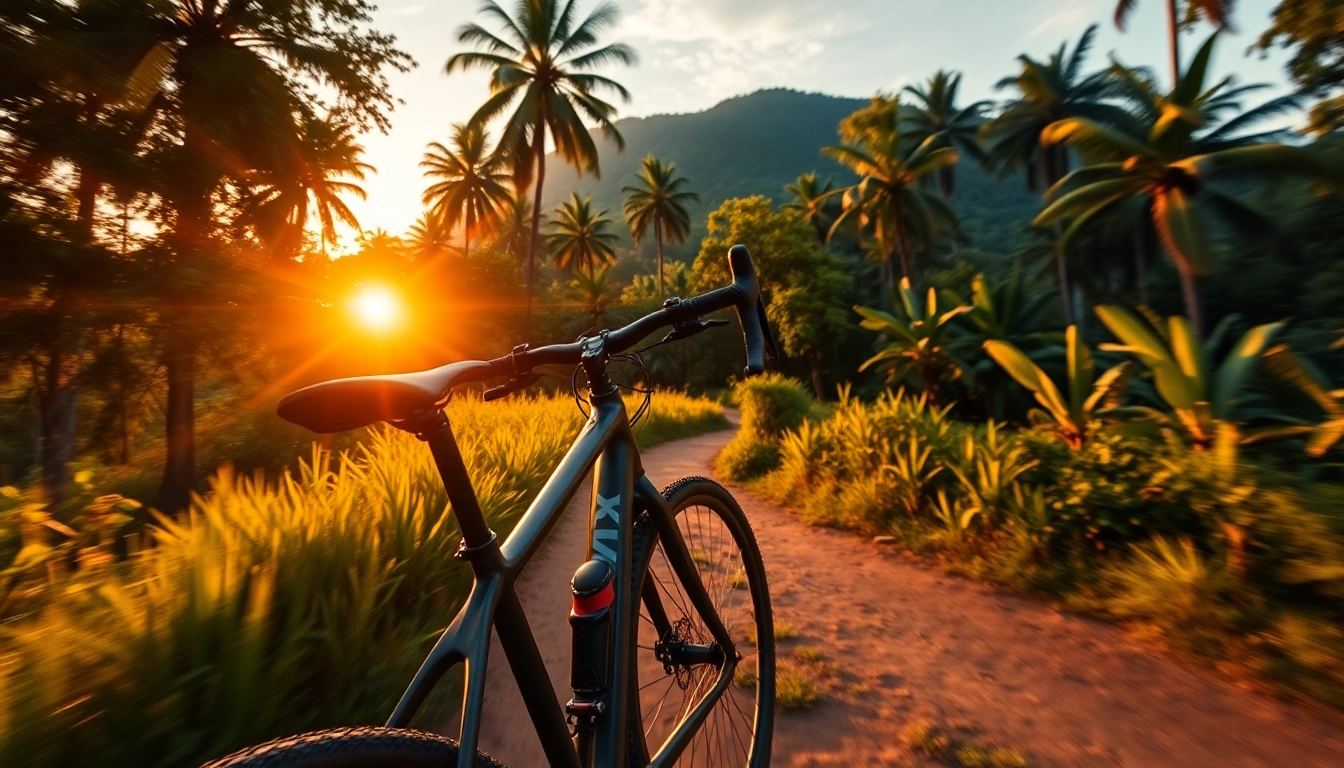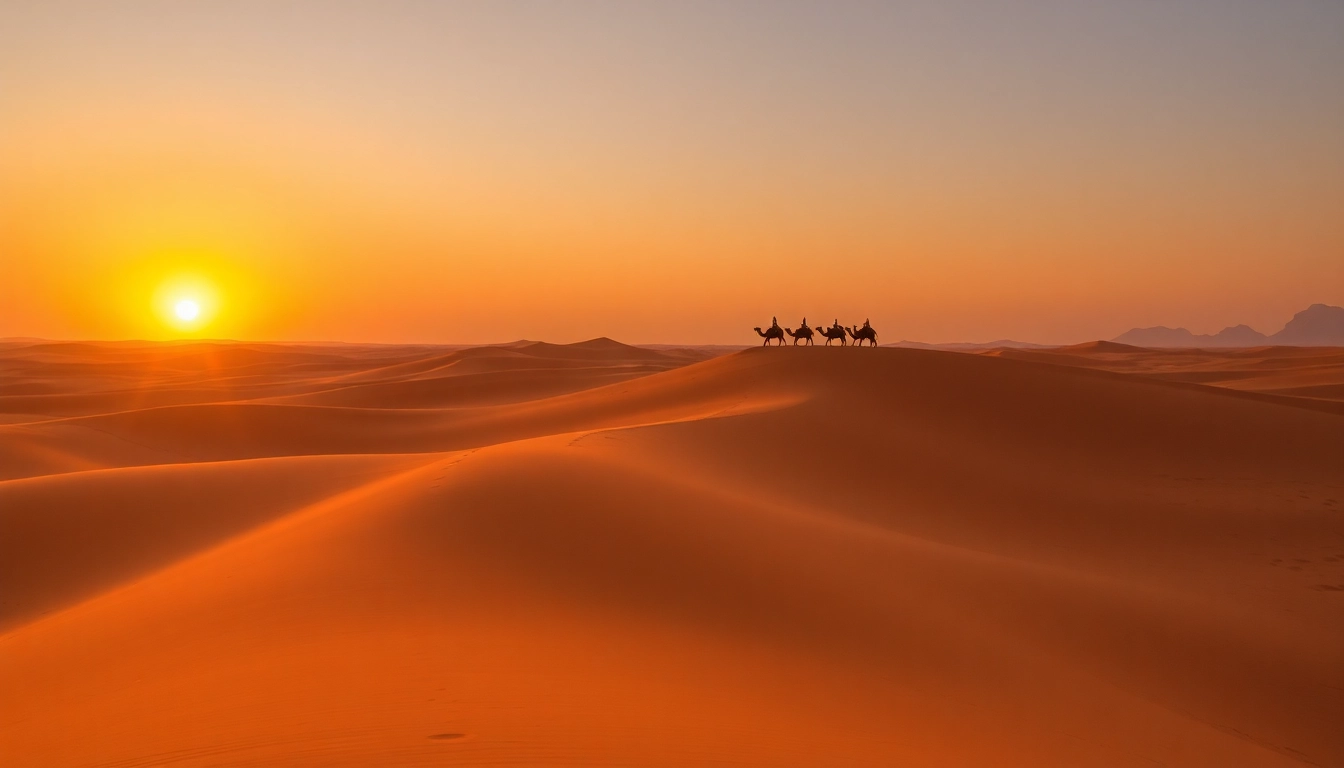Understanding the Significance of Trek in Cycling and Adventure
In the realm of outdoor adventure and cycling, the term Trek embodies much more than just a brand or a physical journey. It signifies a blend of endurance, exploration, and the pursuit of new horizons, especially relevant in dynamic landscapes like Indonesia’s diverse terrain. Whether you’re an avid cyclist, trekker, or adventure traveler, understanding what makes Trek so compelling is essential to maximizing your outdoor experiences. This comprehensive guide delves into the multifaceted significance of trek — from its historical roots to modern-day cycling innovations and adventure strategies — tailored specifically for Indonesia’s landscapes and enthusiasts.
Defining Trek: From Long Journeys to Cycling Adventures
The word ‘trek’ historically alludes to a long, arduous journey—often on foot—through challenging terrains. Originally, it described arduous migrations, especially in South Africa, involving ox wagons across vast distances. Over time, the term has evolved, especially within the cycling community, to encompass a broad spectrum of extended journeys that test endurance, navigation skills, and resilience.
In modern usage, a trek is not limited to walking or backpacking; it includes mountain biking through rugged trails, lengthy cycling tours along coastal routes, and even ambitious multi-day adventures that demand strategic planning and physical stamina. Its essence remains rooted in exploration and overcoming obstacles, making it a fitting descriptor for the challenges and exhilarating experiences inherent in cycling and outdoor exploration.
Exploring the etymology and expanding the definition helps travelers and cyclists appreciate the significance of a well-planned trek—whether crossing Indonesia’s lush rainforests, climbing volcanic peaks, or navigating bustling urban landscapes on two wheels.
The History and Evolution of Trek as a Brand and Term
The Trek brand, founded in 1976 in Wisconsin, has become a global leader in bicycle manufacturing, renowned for innovation, quality, and sustainability. From its humble beginnings, it has grown to encompass an extensive range of bikes suited for every type of rider—from city commuters to mountain adventurers.
Concurrently, the term ‘trek’ has persisted in popular culture and outdoor lexicon, gaining prominence through exploration stories, national parks, and adventure tourism. Its association with perseverance and discovery has helped shape cycling and hiking cultures worldwide. Significantly, in Indonesia, the advent of Trek bikes aligns with a burgeoning outdoor scene, blending heritage with modern innovation to serve both seasoned cyclists and adventure seekers.
The evolution of Trek as a brand mirrors the broader growth of adventure tourism, emphasizing lightweight design, durability, environmental consciousness, and customization—attributes critical for tackling Indonesia’s diverse terrains—from volcanos and forests to urban landscapes.
Why Trek Bikes Are the Choice for Serious Cyclists
Serious cyclists demand more than just a bicycle; they seek equipment that delivers performance, durability, and adaptability. Trek bikes have consistently met these criteria, earning loyalty among competitive racers, mountain bikers, and long-distance tourers. Their extensive R&D, innovative materials like OCLV carbon, and design philosophies focus on reducing weight while enhancing strength and comfort.
For Indonesia’s varied terrain—ranging from off-road trails in Bali to road biking along coastal Java—Trek offers tailored solutions. Their mountain bikes provide exceptional suspension and frame robustness for challenging trails, whereas their road bikes excel in speed and efficiency on paved surfaces, crucial for urban commuting or scenic coastal rides.
Moreover, Trek’s commitment to sustainability and customer-centric customization—exemplified through programs like Project One—appeals to eco-conscious explorers aiming to leave minimal environmental impact while enjoying peak performance. Integrating cutting-edge technology and aesthetic personalization, Trek bikes have become the preferred choice for those who pursue cycling as a serious sport or a profound means of connecting with nature.
Choosing the Right Trek Bike for Indonesia’s Diverse Terrain
Mountain Bikes for Challenging Trails
Indonesia’s mountainous landscapes, dense forests, and volcanic terrains demand high-performance mountain bikes. Trek’s mountain bike series, including the Marlin and Top Fuel, are designed to handle steep climbs, technical descents, and variable trail conditions. Features such as full suspension, lightweight alloy or carbon frames, and precise shifting systems enable riders to navigate challenging paths comfortably.
For instance, the Trek Marlin series offers excellent entry-level options, with durable frames and reliable components suitable for beginners and intermediates looking to explore Bali’s rugged trails or Lombok’s challenging mountains. More advanced riders may opt for the Trek Top Fuel, optimized for cross-country races, providing agility and speed on technical paths.
Road Bikes for Coastal and Urban Cycling
Indonesia’s extensive coastline and bustling cities—Jakarta, Surabaya, and Semarang—are perfect for road cycling. Trek’s road bikes, such as the Madone or Domane series, combine aerodynamics, lightweight construction, and stability for speed and comfort over long distances. These bikes are ideal for urban commuting, coastal touring, or participating in local cycling events.
Choosing the right model involves considering factors like frame geometry, tire width, and gear systems. For example, riders focusing on endurance and long-distance rides might prefer models with enhanced comfort features and vibration absorption, while competitive racers prioritize aerodynamic frames and lightweight builds.
Hybrid and Gravel Bikes for Versatile Adventures
Indonesia’s mixed terrains—paved roads, gravel paths, and rural trails—call for versatile bikes like hybrids or gravel bikes. Trek’s Checkpoint and FX series are designed for comfort and adaptability, allowing riders to switch seamlessly between urban streets, gravel tracks, and dirt paths.
This makes them perfect for exploring Indonesia’s scenic countryside, rice terraces, or remote villages. Their robust build, wider tires, and comfortable riding position enable prolonged rides without fatigue, encouraging exploration beyond typical tourist routes.
Preparing for Your Trek: Essential Gear and Safety Measures
Proper Equipment for Indonesian Climates
Indonesia’s tropical climate demands gear that protects against heat, humidity, and sudden weather changes. Lightweight, moisture-wicking clothing, UV protection accessories, and waterproof gear are essential. A high-quality helmet, sunglasses, and gloves enhance safety and comfort.
Appropriate footwear, such as cycling shoes that match your bike type, improves pedaling efficiency. For mountain biking, rugged shoes with good grip are vital, while for urban rides, comfortable sneakers or commuter shoes suffice. A hydration system, such as a hydration pack or water bottles, ensures adequate fluid intake during rides.
Safety Tips for Mountain and Trails Riding
Trail safety hinges on preparation and awareness. Always carry a basic repair kit, including spare tubes, a pump, and multi-tools. Map navigation apps, a GPS device, or physical maps are crucial for unfamiliar routes. Inform someone about your planned route and estimated return time.
Adapt riding style to terrain conditions—slow down on technical descents, maintain safe distances, and be vigilant of wildlife or local pedestrians. Use signals when passing and respect local trail regulations to minimize conflicts and accidents.
Maintenance Tips to Keep Your Trek Bike in Top Condition
Regular maintenance extends your bike’s lifespan and ensures safety. Clean your bike after muddy rides, lubricate chains periodically, and check brake pads and tire pressure frequently. Inspect for loose bolts or worn-out components and visit professional bike shops for annual tune-ups, especially before long expeditions.
Planning Your Trek: Routes and Local Highlights in Indonesia
Top Trekking Trails and Scenic Routes in Bali, Lombok, and Java
Indonesia offers an array of stunning trekking and cycling routes, each with unique cultural and natural attractions. Bali’s Mount Batur offers a sunrise trek with breathtaking views, complemented by Bali’s scenic coastal roads. Lombok’s Rinjani Volcano provides challenging multi-day trails, perfect for seasoned adventurers.
Java hosts vibrant cityscapes and serene rural landscapes, with routes through Bogor’s tea plantations, the volcanic slopes of Mount Merapi, and historic areas in Yogyakarta. Cycling along the coastal roads of Pangandaran or the rice terraces in Ubud combines natural beauty with local culture.
Best Times of Year for Trekking Adventures
The ideal season for trekking in Indonesia is during the dry season—usually from May to September—when weather conditions favor outdoor activities. During this period, travelers experience less rain, clearer skies, and more stable temperatures. Avoid the rainy season (November to March), which can cause trail flooding and dangerous conditions.
Local Culture and Tips for a Successful Trek
Immerse yourself in local customs by learning basic Indonesian phrases, respecting community traditions, and supporting local businesses. Carry cash in small denominations, as many rural areas lack card facilities. Respect environmental guidelines—leave no trace—and contribute to conservation efforts by using eco-friendly gear and waste disposal practices.
Maximizing Performance and Enjoyment on Your Trek
Training and Fitness Tips for Long-Distance Cycling
Achieving optimal endurance involves consistent training focusing on cardio-respiratory fitness, strength, and flexibility. Incorporate long rides, interval training, and cross-training activities such as swimming or running to build overall stamina. Gradually increase ride duration and intensity to prevent injuries and improve adaptation.
Core strength exercises enhance stability, while flexibility routines reduce muscle tightness. Prioritize rest and recovery, and listen to your body to avoid overtraining, especially before multi-day expeditions.
Nutrition and Hydration Strategies
Fuel your rides with balanced meals rich in carbohydrates, lean proteins, and healthy fats. During rides, consume energy gels, bars, or fruits and stay well-hydrated—aiming for at least 500 ml of water per hour, adjusted for temperature and exertion level. Include electrolytes if cycling in hot conditions to prevent dehydration and cramps.
Post-ride recovery nutrition should emphasize replenishing glycogen stores and repairing muscle tissue through protein intake and hydration. Proper nutrition enhances performance and reduces fatigue, making every trek more enjoyable.
Tracking Progress and Setting Personal Goals
Utilize GPS devices, cycling apps, or fitness trackers to monitor distance, speed, elevation, and heart rate. Set measurable, achievable goals—such as completing specific routes, increasing average speed, or riding certain distances within set timeframes.
Reflect on progress regularly, celebrate milestones, and adjust training plans accordingly. Personal goal setting improves motivation, discipline, and overall satisfaction in your cycling journey.


